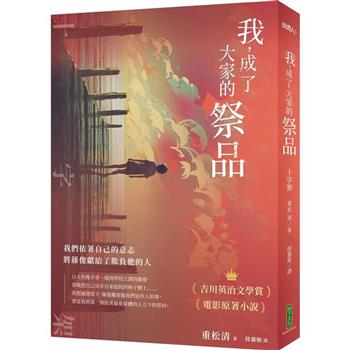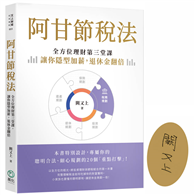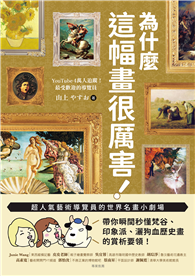In occupational therapy practice, well designed groups represent social and cultural contexts for occupational performance in everyday life. Group Dynamics in Occupational Therapy, the best-selling text for over 21 years by Marilyn B. Cole, has been updated to a Fourth Edition, offering strategies and learning tools to place clients in effective groups for enhanced therapeutic interventions.
Building on the original seven steps for learning group leadership, and keeping with the Occupational Therapy Practice Framework, Second Edition this text examines group dynamics from a therapeutic and wellness perspective. It reviews descriptions of how Occupational Therapy group leaders apply multiple levels of professional reasoning to maximize the therapeutic value of group interactions. Recent examples and evidence are also included in this Fourth Edition to reflect the design and use of groups for evaluation and intervention within the newly evolving paradigm of occupational therapy.
Features Inside the Fourth Edition:
繚 Practice exercises and applications within groups, such as conflict resolution and social learning techniques
繚 Overview of complexity theory and its application to groups
繚 A format for designing groups for many specific settings and populations within OT practice (writing group protocols)
繚 Six-session group laboratory exercise and format for students to learn and expand their cultural competence
繚 Six-session group laboratory exercise for students entitled “Developing Your Professional Self” addressing the transition from student to practitioner
繚 A structure for designing and leading wellness or therapeutic groups in the community as a service learning project for students
Beginning with a client-centered theoretical approach, the 7-step format provides guidelines for the adaptation of group structure and leadership according to different theoretical perspectives. Section 2 provides reviews and applications of the most common occupation based theories including several new occupation based models and frames of reference for designing and leading groups for a wide range of populations.
Instructors in educational settings can visit www.efacultylounge.com for additional material to be used for teaching in the classroom.
Newly added sections expand the application of leadership skills such as professional leadership, focus group leadership, and team leadership. Current literature has been incorporated throughout, continuing the over 21 year tradition of education for all levels of occupational therapy students and professionals.












